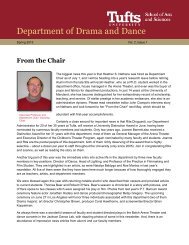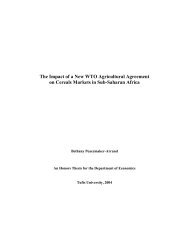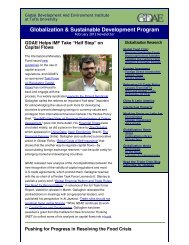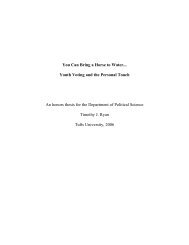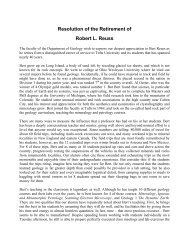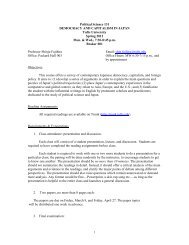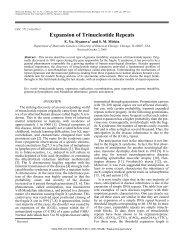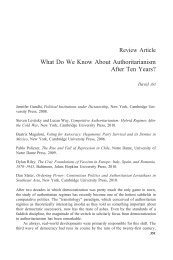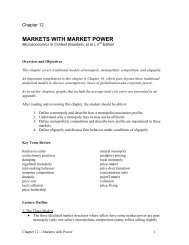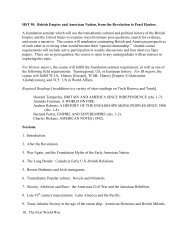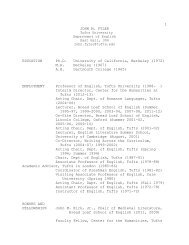Habitats: Guide to On-Campus Living - Tufts University
Habitats: Guide to On-Campus Living - Tufts University
Habitats: Guide to On-Campus Living - Tufts University
Create successful ePaper yourself
Turn your PDF publications into a flip-book with our unique Google optimized e-Paper software.
S A F E T Y, S E C U R I T Y, A N D E M E R G E N C Y P R O C E D U R E S O N C A M P U S<br />
The safety and security of residence hall students is a vital concern for the ORLL. It is<br />
important for students <strong>to</strong> take responsibility for their own safety and well-being. Crime<br />
Prevention is essentially being aware of one’s environment and avoiding those situations<br />
that could make you vulnerable <strong>to</strong> crime.<br />
T U F T S P O L I C E D E PA R T M E N T ( T P D )<br />
419 Bos<strong>to</strong>n Avenue, 617-627-3030 (Emergency Line x6-6911 from a campus phone<br />
OR 617-627-6911 from an off-campus or wireless phone)<br />
TPD is headquartered on the Medford/Somerville campus with stations also on the<br />
Bos<strong>to</strong>n and Graf<strong>to</strong>n campuses. The department is lead by the Senior Direc<strong>to</strong>r of Public<br />
and Environmental Safety. <strong>Tufts</strong> Police Officers are trained at state-recognized academies<br />
and through on-going in-service and specialized programs. The <strong>Tufts</strong> police have strong<br />
professional relationships with state and local law enforcement agencies. Cooperative programs<br />
and information exchanges are on-going priorities. Through this reporting relationship,<br />
TPD relays information <strong>to</strong> the university community on crimes that may pose a<br />
threat <strong>to</strong> students or employees on any of the campuses.<br />
Blue Light Telephones – Over 100 emergency blue light telephones are strategically<br />
placed around campus, most generally located near residence halls and parking areas. They<br />
are readily seen at night. Each telephone is wired directly <strong>to</strong> the <strong>Tufts</strong> police and police<br />
officers can be dispatched when needed. All students are encouraged <strong>to</strong> familiarize themselves<br />
with the locations of such telephones.<br />
Panic But<strong>to</strong>ns – Panic but<strong>to</strong>ns are located in all of the residence halls. They are clearly<br />
marked “Emergency” and should only be used when access <strong>to</strong> a telephone is impossible,<br />
impractical or unsafe. If students are found responsible for activating a panic but<strong>to</strong>n for reasons<br />
other than stated above, they may be subject <strong>to</strong> residential or university judicial consequences.<br />
Please note: Panic But<strong>to</strong>ns ARE NOT used <strong>to</strong> alert TPD for room lockouts.<br />
Personal Safety Education – The initial floor meetings conducted during the first weeks<br />
of each academic year include discussions of basic personal safety issues. If students have any<br />
questions or concerns, they should not hesitate <strong>to</strong> contact the ORLL or TPD at any time.<br />
Building Security – Outside doors of the residence halls are locked 24 hours a day except<br />
for South, Hill, Hodgdon, and Carmichael Halls. In the buildings stated, an entry door <strong>to</strong><br />
the building is unlocked during business hours <strong>to</strong> allow for access <strong>to</strong> the public areas of the<br />
building, but doors <strong>to</strong> residential areas always remain locked.<br />
28




